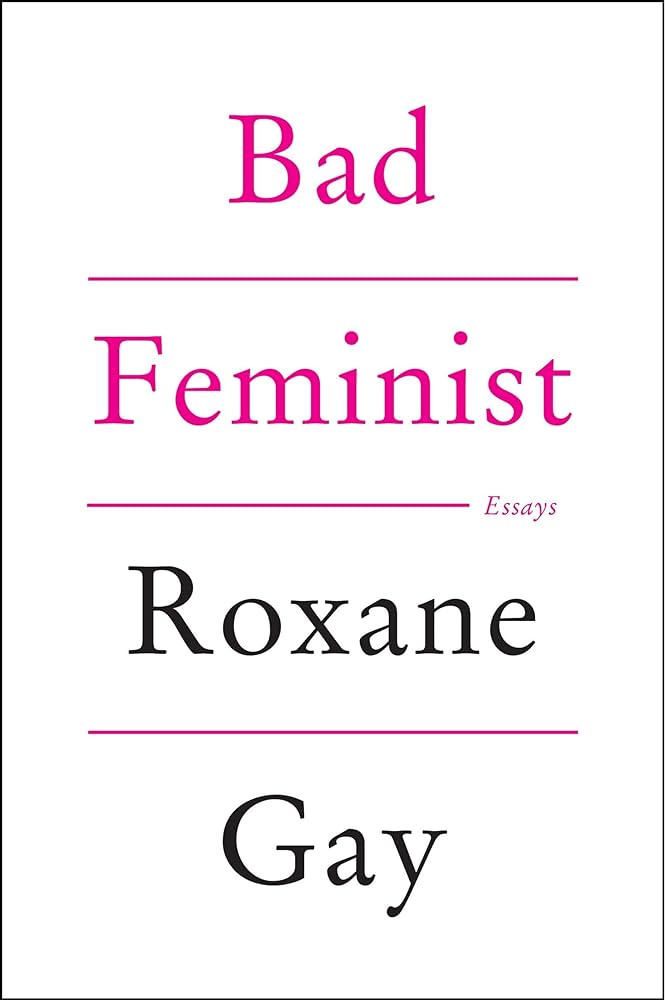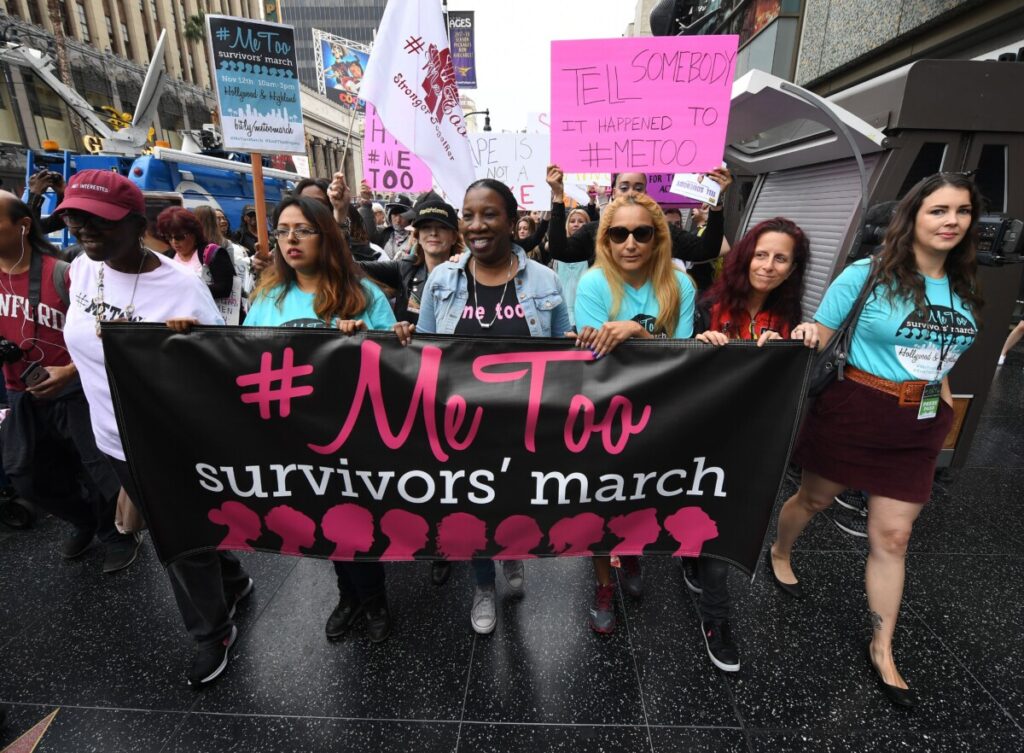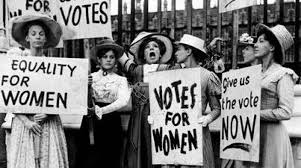Definition:
Feminism is a complex and many-sided social and political movement that revolves around the pursuit of gender equality and the empowerment of women. Feminism covers a range of ideologies, goals, and strategies, all unified by the fundamental belief in deconstructing oppressive systems that perpetuate gender-based discrimination and inequality. Feminism seeks to challenge and redefine societal norms, institutions, and power structures that have historically criticized and disadvantaged women at its core. It also covers a variety of approaches and perspectives, including liberal feminism, which focuses on achieving legal and policy changes to ensure women’s rights and opportunities; radical feminism, which seeks to fundamentally transform the existing patriarchal system; and intersectional feminism, which recognizes that women’s experiences are shaped by a complex interplay of factors such as race, class, sexuality, and more. The “key” to feminism is the belief that women should be afforded the same rights, opportunities, and recognition as men and that their voices and experiences should be valued and heard. It advocates for women’s autonomy over their bodies, economic independence, equal pay, and the elimination of gender-based violence and discrimination. Feminism is not a “one-size-fits-all” ideology, but a dynamic and evolving movement that adapts to the changing needs and challenges of women across the globe. I would represent feminism to be a call to action, a commitment to social justice, and a push for the transformation of societies into more inclusive, equitable, and fair environments where gender should never be a barrier to collective progress.
History and Background:
The history and background of feminism is a complex and historic narrative that has evolved over centuries. It surrounds a wide range of ideologies and movements that have sought to address gender-based inequalities and advocate for all women’s rights. One crucial development was in the late 1980s. In the 1980s, Kimberlé Crenshaw introduced the concept of “intersectionality”, which has since become a fundamental principle of feminism. Intersectionality recognizes that women’s experiences and challenges cannot be understood in isolation. They are deeply intertwined with other aspects of their identity, such as race, class, and sexual orientation. This concept has expanded the span of feminist discourse and activism, acknowledging the overlapping nature of the variety of forms of oppression. Throughout its history, feminism has encountered opposition and criticism, often from those who benefit from existing power structures and those who resist change. Feminism has achieved many important and huge milestones, including securing women’s suffrage in many countries, passing laws against gender-based discrimination, and increasing women’s representation in various fields. These accomplishments reflect the evolution of societal norms and changing attitudes toward gender equality. Feminism is a dynamic and evolving movement that has adapted to contemporary challenges and continues to push for progress in the struggle for gender equality, but even through these huge accomplishments; there is still work to be done to address ongoing inequalities and discrimination, making feminism an enduring and vital force in shaping a more equitable and inclusive world.
Examples:
BAD FEMINIST by Roxane Gay

“Bad Feminist” is a collection of essays by the American writer Roxane Gay, in which she explores the complex relationship between her personal beliefs and the conventional ideals of feminism. The book examines the expectations and contradictions that often come with being a feminist, and it delves into the complexities of contemporary feminist discourse. Roxane Gay’s “Bad Feminist” challenges the notion of the perfect feminist with her argument that the traditional feminist movement sometimes imposes rigid standards that don’t account for the diverse experiences and identities of women. She also discusses the need for a more inclusive feminism that acknowledges the imperfections and contradictions in individuals’ beliefs and behaviors with not only their way of living but also their feminist beliefs. The book itself raises critical questions for women about the expectations placed on feminists, emphasizing that it’s essential to have an open and inclusive dialogue about feminism, recognizing that individuals can be imperfect feminists and that the movement should adapt to better address the complexities of contemporary gender and identity issues.

The #MeToo movement represents feminist principles in action. #MeToo gained prominence in 2017 as a powerful social movement that encourages survivors of sexual harassment and assault to share their stories. It shares fundamental goals with feminism, particularly in terms of amplifying silenced voices and challenging existing power structures. Both #MeToo and feminism work to empower individuals to speak out against gender-based discrimination, harassment, and violence, challenging the culture of silence and victim-blaming that has sustained gender inequality for so long. They aim to deconstruct systemic gender inequalities in various domains, and they confront the misuse of power and privilege, whether in the workplace, at home, or in society at large. One crucial aspect that connects feminism and the #MeToo movement is their recognition of the importance of intersectionality. This intersectional approach broadens the scope of both movements, ensuring they are more inclusive and reflective of the diverse experiences of individuals. #MeToo focuses specifically on addressing sexual harassment and assault, but also has the feminist goals of achieving gender equality and advancing women’s rights. Together, women challenge societal norms, empower survivors, and work toward a more equitable society.

The 19th Amendment to the United States Constitution, ratified on August 18, 1920, marked a monumental moment in the history of women’s rights and its relation to feminism. This amendment is often referred to as the Women’s Suffrage Amendment which granted women the right to vote after decades of tireless advocacy by women who suffered. The passage of the 19th Amendment represented a significant leap forward in the feminist movement for many reasons. It symbolized a fundamental shift in the perception of women’s roles in society. Women’s suffrage was not just about the right to cast a ballot but about recognizing women as full citizens with equal voices in shaping their nation’s destiny. This newly acquired political power allowed women to influence policy decisions, marking a significant aspect of feminist activism centered on changing the laws and policies that perpetuated gender discrimination. This amendment also created the layout for the principle that women should be treated equally to men under the law which became a crucial foundation for feminist efforts to challenge various forms of gender-based discrimination. This then paved the way for areas such as employment, education, and reproductive rights. The 19th Amendment is overall feminist history. It symbolizes the empowerment of women politically and was a part of the inspiration for ongoing feminist activism.
Controversies:
The article “Feminism – The Truth Behind the controversies”, by Malvika Dangwal addresses the misconceptions and misunderstandings surrounding feminism. The article first confronts the question of why feminism is necessary instead of “humanism.” The article goes on to discuss the solutions and actions individuals, both men and women, can take to support feminism and achieve gender equality. For women, it emphasizes the importance of embracing freedom and equality in personal choices, such as appearance and career. It challenges the idea that women need to conform to unrealistic beauty standards, encouraging them to focus on their strengths and accomplishments rather than physical appearance. For men, the article suggests supporting equal rights in the workplace, not settling for higher wages than female counterparts, and normalizing conversations about menstruation. It also tells men to create an environment of equality at home such as sharing household responsibilities. The article takes away the misconception that feminism seeks to suppress or harass men, emphasizing that it is a movement for positive change and equality. It doesn’t only encourage women, but it encourages both genders to work together to build a world where gender-based fears and discrimination no longer exist! And where menstruation is normalized, and where true equality shines through. The article overall addresses the controversies and misunderstandings surrounding feminism and advocates for a more inclusive, equal society where gender disparities are eliminated and where both men and women play a role in making this vision a reality to create a happier and equal world.
Works Cited:
The Editors. “Kimberle Crenshaw Intersectional Feminism.” JStor Daily, 2021
Civil Rights History Project. “Women in the Civil Rights Movement.” Library of Congress, 2020.
Civil Rights History Project. “Women’s Suffrage in the Progressive Era.” Library of Congress, 2020.
Gay, Roxanne. “The Bad Feminist Manifesto.” The Guardian Article, 2014.
Burke, Tarana. “Me Too Movement.” Global Fund for Women, 2023.
Witte De, Melissa. “The 19th Amendment is a milestone, but not the endpoint, for women’s rights in America, says Stanford historian.” Stanford News, 2020.
Dangwal, Malvika. “Feminism- the Truth Behind the Controversies.” Voices of Youth, 2020.
